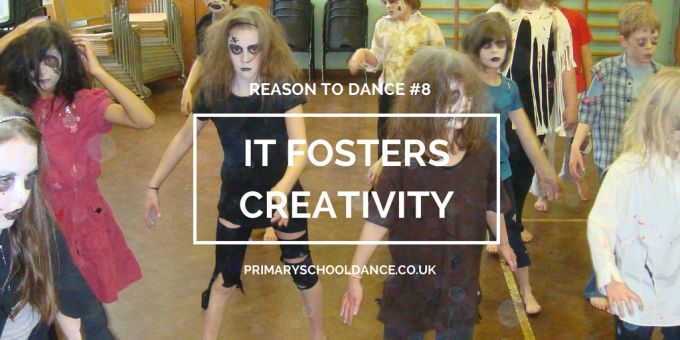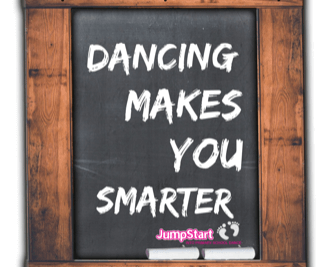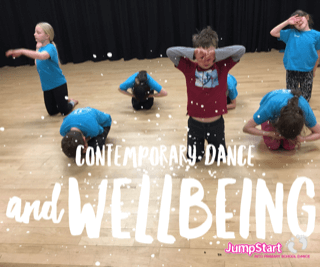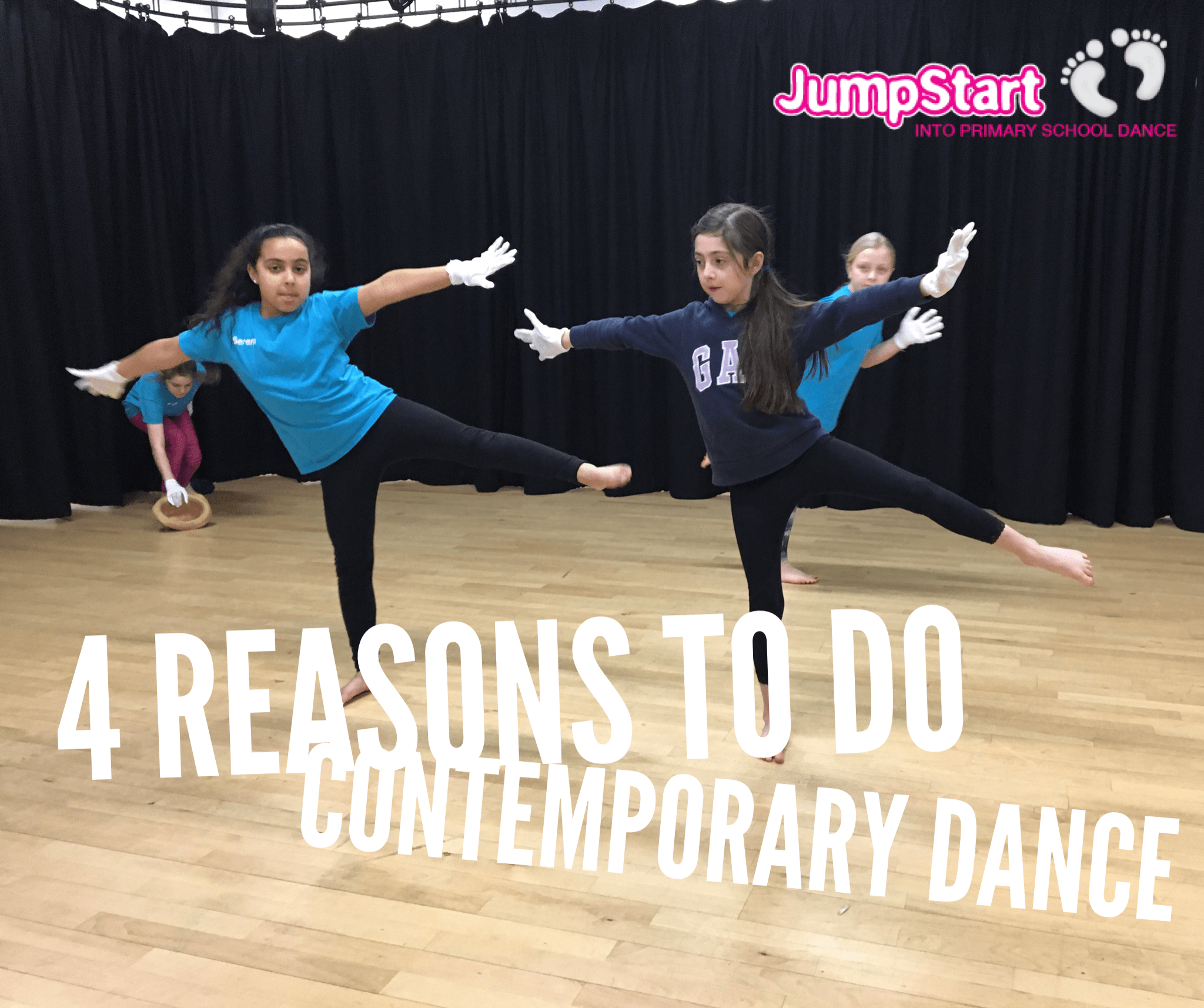Over the course of the last few weeks, we’ve been blogging about wellbeing and the…
Reasons to Dance: Dr Seuss
“Think left and think right and think low and think high. Oh the thinks you can think up if only you try” Dr Seuss
As a mother of two little people (4 year old daughter and 18 month old son) I am well acquainted with Dr. Seuss – our current favourite is ‘Horton Hears a Hoo’. I love the zany characters and funny stories, but most of all I love the creativity the books delight in.
When we’re not reading stories, swimming or playing in the mud, I can’t help but notice how much my kids love to move. Not in a pre-meditated, structured fashion, but in a spontaneous, let’s just throw ourselves about kind of way. Movement is a child’s first language and initially their only way of finding out about the world.
As far as we know, there has always been dance – its origins linked to ritual and worship – and it therefore must play an integral role in human nature. Just like other art forms, dance gives humans an outlet, which in turn allows us to process life’s events and re-connect with ourselves and our communities. But creativity is also about developing independent, free-thinking minds that can innovate, problem-solve and question. John Cridland, Head of Confederation of British Industry (CBI) has been cited recently, saying that businesses need more creative people [1]. Paradoxically, Sir Ken Robinson identifies that in our schools, we are in danger of “educating people out of their creative capacities” [2].
Fortunately, the inclusion of art (in its many forms), can avert this emerging trend: “In dance and drama the main concern is with expressive movement, that is, with the mastery of the body in order to use the language of movement expressively and creatively. Dance and drama are expressive of the inner life, involving feeling and mood” [3].
Improvisation tasks enable children to move without prior planning, allowing themselves to find their own unique movement style in response to a stimulus. For example, in the summer term I was teaching a Secret Agent themed-session (which was actually about numeracy). After learning some Secret Agents actions, such as leaping across ‘buildings’ and rolling through closing ‘doors’, the children worked in pairs to develop their own ideas. I was (and always am) amazed at their creative responses to the task. Children were swinging on ‘ropes’ above crocodile-infested water, scrambling through narrow air vents, and cracking secret codes whilst their comrade was on the look-out.
Choreographic activities also provide opportunities to develop creative solutions to dance ‘problems’. How will the children respond to the stimulus (such as a Roald Dahl poem, or a scarf)? How might they work together to develop their response? How will they select their best ideas and put them into an order? Time and time again, I set choreographic tasks, and yet no two responses have ever been the same.
In an ideal dance class, the main part of the session should allow time to learn a technique, explore it through improvisation and choreography, perform their creations, and then analyse the end products as audience members. Following this method will help to ensure high quality dance teaching and may just educate children back into their creative capacities.
Would you like help putting creativity into your dance sessions? Need more confidence with how to teach choreography in your primary school? Contact Louise on [email protected] or 07738042089 to book in a Teacher Training session in your school – complete with Dance Class in a Box resources.
[1] Veronica Jobbins, Head of Learning and Participation (dance), Trinity Laban, at the NDTA 2013 Annual Conference. [2] Ken Robinson: How Schools Kill Creativity. TED.com, filmed February 2006. http://www.ted.com/talks/ken_robinson_says_schools_kill_creativity (accessed 13th August 2014) [3] ‘Creative Dance in the Primary School’ (1975) Russell, J. Northcote House: Plymouth. Page 1




